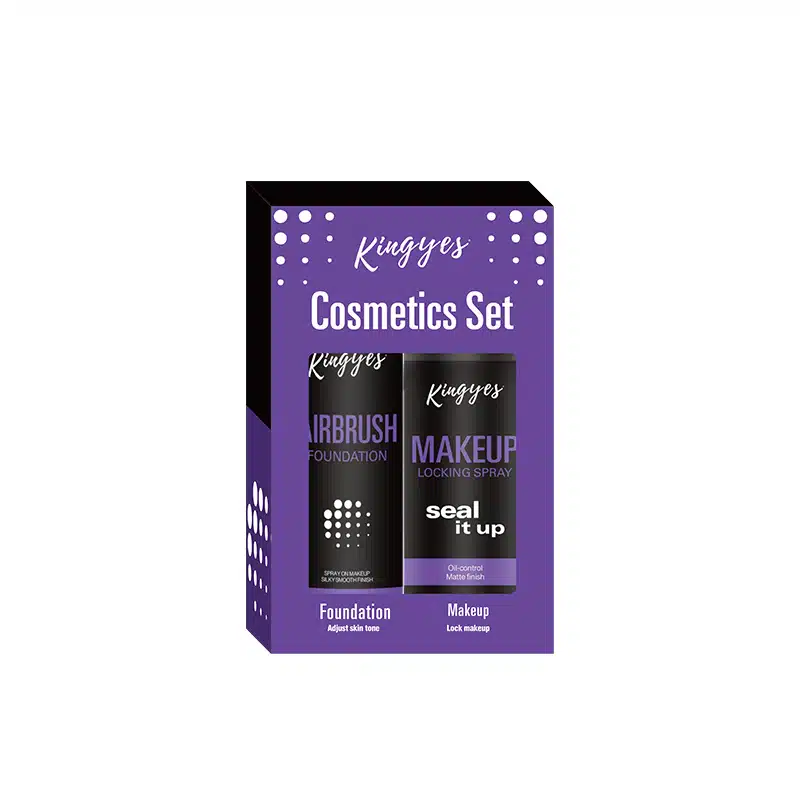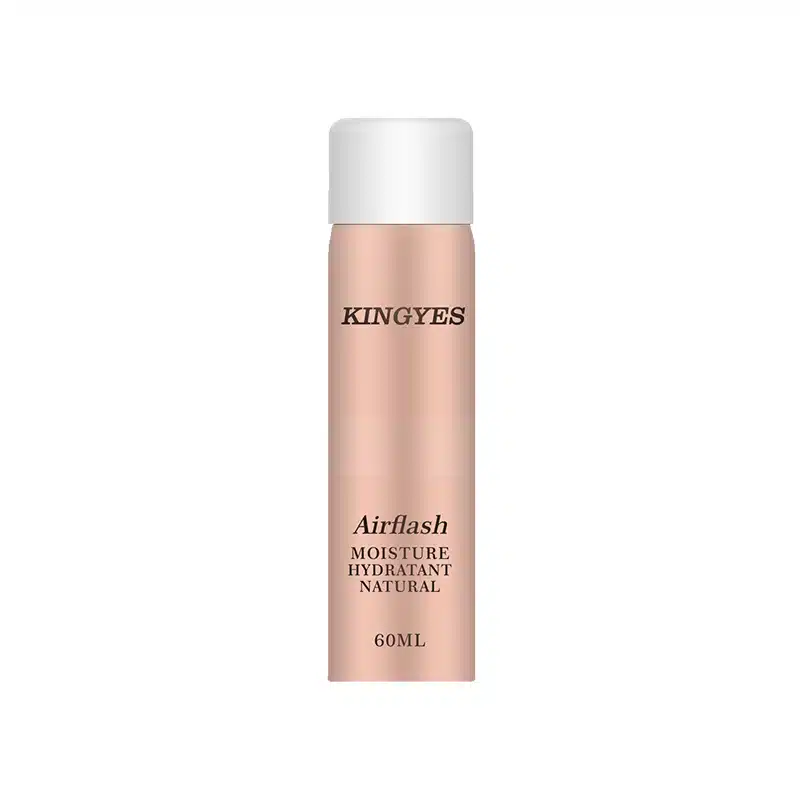
Qual é a regra na coloração do cabelo?
Índice
Essential Rules of Hair Coloring: A Complete Guide to Perfect Results
This comprehensive guide breaks down the science, techniques, and vital principles behind successful hair coloring, helping you avoid common pitfalls and achieve your desired cor do cabelo transformation.
Understanding Color Theory: The Foundation of Hair Coloring
Color theory forms the backbone of successful coloração do cabelo. The color wheel serves as your roadmap:
- Primary colors: Red, blue, yellow
- Secondary colors: Green, orange, purple
- Tertiary colors: Combinations of primary and secondary
Understanding complementary colours helps neutralize unwanted tones. For example, purple cancels yellow, while green neutralizes red.
What Are the Different Types of Hair Color Products?
Hair color products come in several formulations:
Permanent color:
- Penetra no fio de cabelo
- Provides complete gray coverage
- Lasts until hair grows out
Semi-permanent:
- Coats the hair surface
- Gradually fades
- Sem amoníaco
Demi-permanent:
- Partially penetrates cuticle
- Moderate gray coverage
- Less damage than permanent
The Science Behind Hair Color Formulation
Hair color formulation involves complex chemistry:
| Component | Objetivo | Common Types |
|---|---|---|
| Developer | Oxidizing agent | 10, 20, 30, 40 volume |
| Pigmentos | Color molecules | Direct, oxidative |
| Alkalizing agents | Opens cuticle | Ammonia, MEA |
How Does Natural Hair Color Affect the Process?
Your natural cor do cabelo significantly impacts the coloring process:
- Level 1-5: Dark brown to black
- Level 6-7: Medium brown
- Level 8-10: Light brown to blonde
Darker hair requires more processing to lighten, while lighter hair accepts color more readily.
Essential Pre-Coloring Steps and Tests
Before applying any cor do cabelo:
- Perform a skin test
- Assess hair condition
- Check scalp health
- Determine current level
- Choose appropriate developer
Professional Tips for Color Application
Expert tips from experienced colorists:
- Section hair properly
- Apply color to roots first
- Maintain consistent timing
- Use appropriate tools
- Monitor processing carefully
Common Hair Coloring Mistakes to Avoid
Frequent pitfalls include:
- Skipping strand tests
- Using incorrect developer strength
- Poor sectioning technique
- Inconsistent application
- Inadequate processing time
How to Maintain Colored Hair?
Proper maintenance ensures longevity:
- Use color-safe products
- Avoid heat styling
- Regular deep conditioning
- UV protection
- Proper washing technique
The Role of Professional Expertise
When to seek professional help:
- Major color changes
- Color correction
- Complex techniques
- High-lift processes
- Bleaching services
FAQs
How often should I color my hair?
Every 4-6 weeks for root touch-ups, or 8-10 weeks for all-over color.
What’s the safest way to lighten dark hair?
Gradual lightening over multiple sessions using appropriate developer strengths.
Can I color my hair if I have scalp sensitivity?
Conduct a patch test and consider using gentle, ammonia-free formulations.
How do I choose the right developer volume?
Select based on desired lift: 10 volume for deposit only, 20 for 1-2 levels, 30 for 2-3 levels.
What should I do if my color turns out too dark?
Wait 48 hours before attempting color correction, preferably with professional help.
Key Points to Remember
- Always perform patch and strand tests
- Understand your natural level and desired outcome
- Choose appropriate developer strength
- Follow processing times exactly
- Use proper sectioning techniques
- Maintain regular maintenance routine
- Keep hair healthy between colorings
- Document your color formulas
- Consider professional help for major changes
- Never mix different brands of color
Remember that successful hair coloring requires knowledge, patience, and attention to detail. Whether you’re a professional or home colorist, following these fundamental rules will help you achieve beautiful, lasting results.
Comentários

Quais são os prós e os contras do champô seco?
Já se interrogou se a utilização de champô seco é boa ou má para o seu cabelo?

Porque é que os especialistas não recomendam o protetor solar em spray?
Já se interrogou se o protetor solar em spray é tão eficaz como a loção?

A laca de coloração temporária é má para o seu cabelo?
Já pensou em mudar a cor do seu cabelo por um dia sem se comprometer muito?

Quantos salões de beleza oferecem serviços de coloração do cabelo
Os salões de beleza são, desde há muito, um destino de eleição para as pessoas que procuram melhorar o seu aspeto através de vários tratamentos cosméticos.

É necessário lavar a mousse autobronzeadora?
Já se perguntou se é necessário lavar a mousse autobronzeadora depois da aplicação?
- +86 151 1839 7303
- [email protected]
- Seg-Dom 07:00-23:00
Etiquetas

Who Is The Largest Manufacturer Of Cosmetics?
The beauty industry is a multi-billion dollar global powerhouse, with a vast array of cosmetic brands vying for a piece of the pie.

What Is The Process Of Making Cosmetics?
Have you ever looked at your favorite cosmetic product and wondered how it was made?

What Do Cosmetic Manufacturers Do?
Ever wondered how your favorite lipstick, foundation, or moisturizer goes from an idea to the beautifully packaged product on the shelf?






